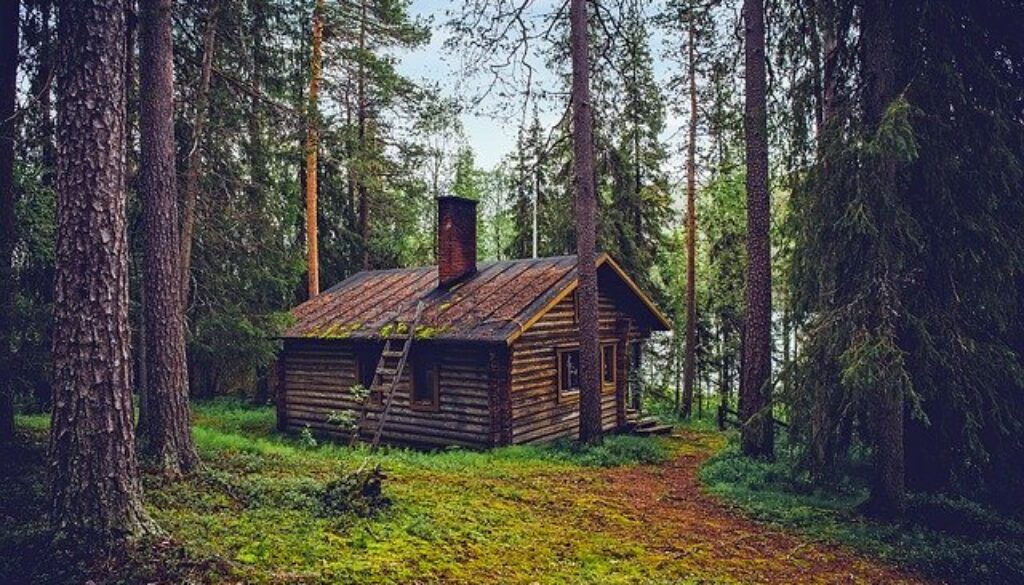4 Hidden Problems of Buying an Older Home
America is filled with older homes, more than 38% of houses here were built in the 1970s and many of them are more than 30 years old. A rule of thumb when determining a house’s age is that houses built-in or after the 1990s are considered “new” and ones built in or before the 1920s are “old” or “antique.” But harsh weather, poor construction, or years of upgrades can affect the age of a house.
If you have your heart settled on buying an older or even antique home, you need to be aware of any hidden problems that might pop up down the road with costly consequences. Here are some common problems that tend to occur in older houses. (As a note; if you are buying a house on the historic registry, making any fixes might require you getting permission before starting work.)
4 Major Issues to Buying an Older Home
- Compromised Foundation – The obvious sign of foundational issues is uneven flooring, but there are smaller signs to look for. Check if there are any doors or windows that don’t latch properly or stick shut, any cracks in the drywall, then head outside to check for any bulges. To be especially safe, hire a structural engineer to inspect the integrity. Fixing a few small cracks might seem expensive but if left alone could cause serious damage to your home.
- Deteriorating Roof – Installing a new roof is one of the most costly repairs when it comes to house upgrades. So while you are doing a walkthrough, check for missing or damaged tiles, bowing gutters, or leaks and moisture spots on the ceiling. These issues could lead to mildew and other molds infecting your home.
- Hazardous Building Materials – This is a common issue for homes built before 1978, many of them contain lead and asbestos. Both of these materials can cause serious health problems if not dealt with. The good news is that you can hire someone to come and test your home, then you can get someone to remove it.
- Outdated Technology – Moving into an old house means you have to live with whatever systems the previous owners had in place. This could mean leaky pipes, unsafe electrical wires, poor insulation or an old furnace. Updating this technology while expensive at first (depending on what your house needs), but once done it won’t need to be done for a while.
Living in an older home can be a great choice when looking for somewhere to live. You are getting a house with personality and history. However, if you do not properly inspect the property before buying you could get stuck with years of problems that are now yours to deal with. But if you use this list and check the areas that could cause the biggest issues, your move will be smooth and more stress-free.
North Everett has several hundred darlings older and vintage homes and while these sell fast, it’s important to understand the realities of an older home. Having sold dozens of these over the years, I can help navigate the inspection and buying process. Call me today to take a look at older homes in Snohomish County or start your search here.
Ready to look at some of those amazing homes? Start your search here or just call me anytime with your search parameters and budget!
More:
- Simple Steps to Home Buying
- 10 Things Most Home Buyers Overlook
- How to Learn About a Neighborhood without Being There
- 10 Ways Homeowners ‘Trick’ Buyers in the Inspection
- 5 Things to Know About Buying a Historic Home




